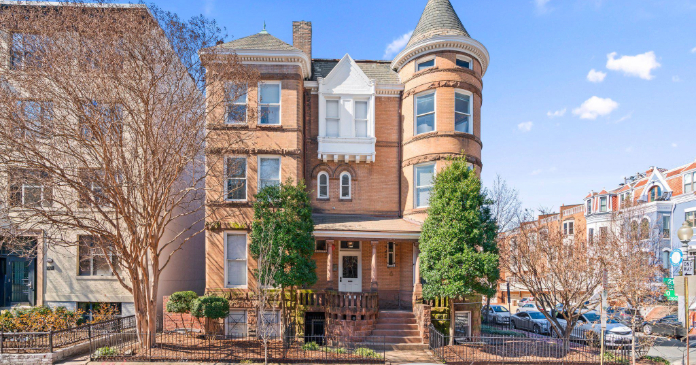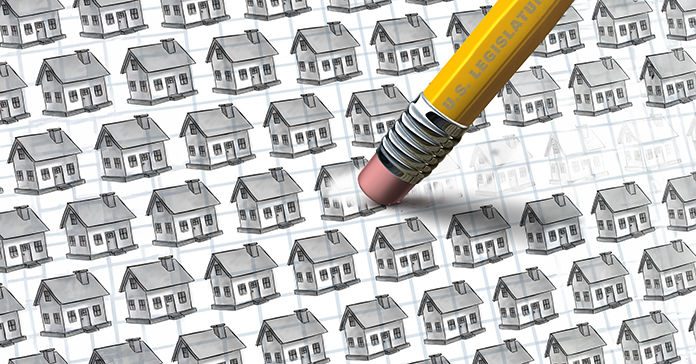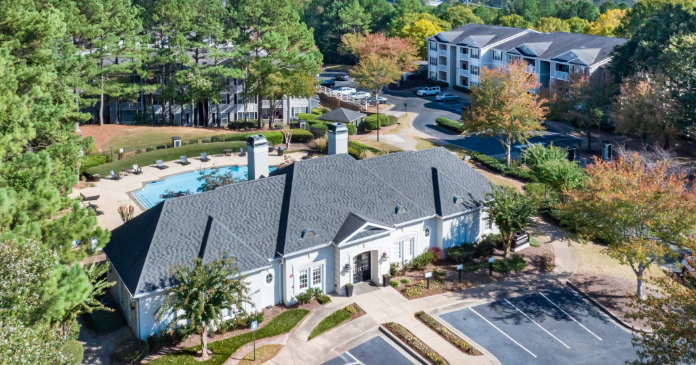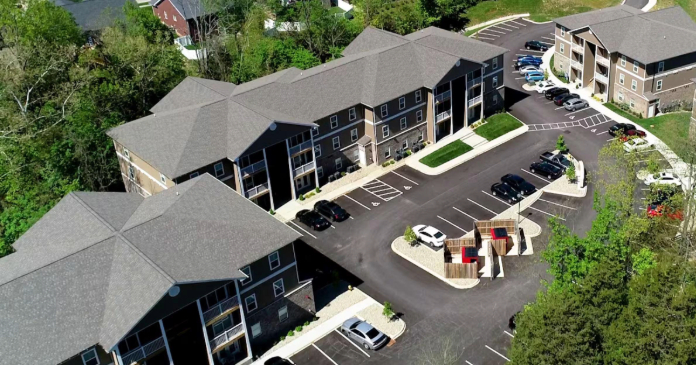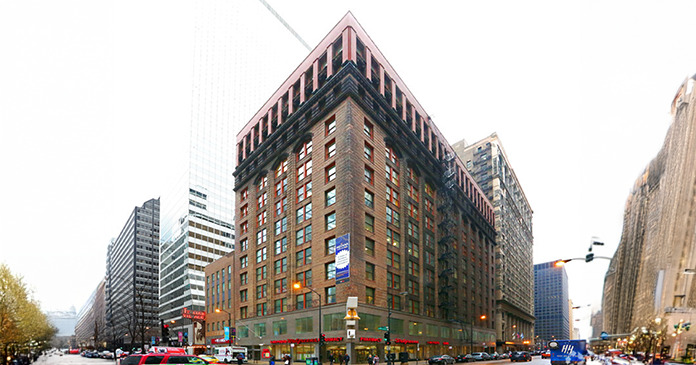United Dominion Realty Trust plans to save a cool $12 to $18 million by keeping ahead of new law regulating air conditioning equipment efficiency. Anticipating an increase in U.S. Department of Energy standards for AC efficiency that went into effect in January 2006, the huge apartment REIT that owns and manages more than 74,000 units nationwide went on an AC shopping spree. Since last year, United Dominion has spent around $18 million on replacement HVAC equipment for roughly 37,000 apartments and expects to spend an equal amount on installation.
The legislation that prompted the REIT’s AC replacement program marks the first increase in energy efficiency requirements for new central air conditioners and heat pumps in nearly a decade. The Department of Energy rates energy efficiency in units known as Seasonal Energy Efficiency Ratios, or SEER. HVAC efficiency is similar to miles per gallon for your car. The higher the rating, the more efficient the system. From 1987 to the beginning of this year, the minimum efficiency required for newly manufactured HVAC equipment was 10 SEER. Growing concerns about energy consumption and environmental preservation spurred the Department of Energy to raise minimum efficiency requirements for all HVAC manufacturers to 13 SEER or higher as of January 23, 2006.
The new standard also increases efficiency requirements for new central air conditioning heat pumps to 13 SEER/7.7 Heating Seasonal Performance Factor (HSPF). HSPF is the Department of Energy’s measure of energy efficiency for seasonal heating performance of central air conditioning heat pumps.
However, because the new standard applies only to residential air conditioners manufactured after January 23, 2006, equipment with a rating less than SEER 13 manufactured before that date may be sold and installed, as long as the supply lasts. Manufacturers of central air conditioners typically continue to support existing equipment by making replacement parts available and honoring maintenance contracts after a new standard goes into effect. A change in the standard does not require replacement of equipment by either homeowners or apartment owners, nor will it make an existing system obsolete or impossible to maintain.
And that’s the key to United Dominion’s AC replacement program. The 37,000 units the REIT started purchasing in 2005 all are rated SEER 10.
“What we wanted to do was get ahead of the law change and we made that decision consciously and, frankly, didn’t tell a whole lot of people because we thought all our peers would be trying to do the same thing,” United Dominion CEO Tom Toomey said.
United Dominion Executive VP and Director of Property Operations Martha Carlin explained that equipment rated SEER 13 costs about one- third more than the SEER 10 units the company has purchased and is larger than equipment rated SEER 10 or lower. In older properties, installation of SEER 13s can cost a lot more because the replacement equipment doesn’t fit. “It can get fairly complicated. You might have to tear down walls,” she said.
United Dominion wanted to be proactive and get ahead of the new regulations without spending one-third to one-half more than the cost of purchasing and installing the SEER 10 units, which have the same footprint as the older equipment the company is replacing, said Carlin.
Kim Callahan, VP of investor relations at Camden Property Trust, which is pursuing a similar A/C replacement strategy, added that training maintenance staff on a whole new type of unit can further increase the expense of replacing older units with SEER 13s.
According to Carlin, United Dominion has had a program in place for around four years, working with companies like General Electric and Whirlpool to evaluate the total life cycle cost of all appliances, including average repair cost and energy efficiency.
“The typical real estate developer, when installing appliances, often goes with the lowest first cost. United Dominion does not necessarily buy the least expensive. We went through the process of identifying the most efficient equipment that breaks down the least often,” she said.
A dishwasher, for example, may cost $250 to $350. The $250 dishwasher may look like a good deal, but, if the $350 dishwasher breaks down less often, it is actually more efficient over a five-year period, added Larry Thede, United Dominion VP of investor relations.
He said the REIT has spent around $13 million for exterior condensing units and heat pumps for roughly 37,000 apartments, averaging $350 per unit. United Dominion expects to spend a total of $5 million for interior equipment like air handlers and blower motors. Because manufacture of air handlers and blower motors is not affected by the Department of Energy’s regulation amendment, the company generally incurs that acquisition cost at the time of installation.
Toomey said the REIT underwrote the AC replacement program at better than an 8 percent to 10 percent return. He believes the program, which focused first on installation of the new equipment in the REIT’s Phoenix and Texas portfolios, helped reduce United Dominion’s turnover to 53 percent on an annualized basis at the end of Q2 2006 from 63 percent a year earlier.
“If you’re in the West and you’re AC unit broke in the last two weeks (of July) in 104-degree heat, you’re moving. So, I think it’s helped us in our turnover. It’s a good investment. It’ll pay off for years ahead,” he said last summer. Because the average useful life of most air conditioners is 15 to 20 years, that’s certainly not an overly optimistic expectation.
“We have some units that we are replacing that are probably older than that,” Carlin said last month. “This is a massive undertaking that required a lot of mapping out. We still have a handful of properties to go. I imagine we will be finished with installation by Q1 2007,” she said.





